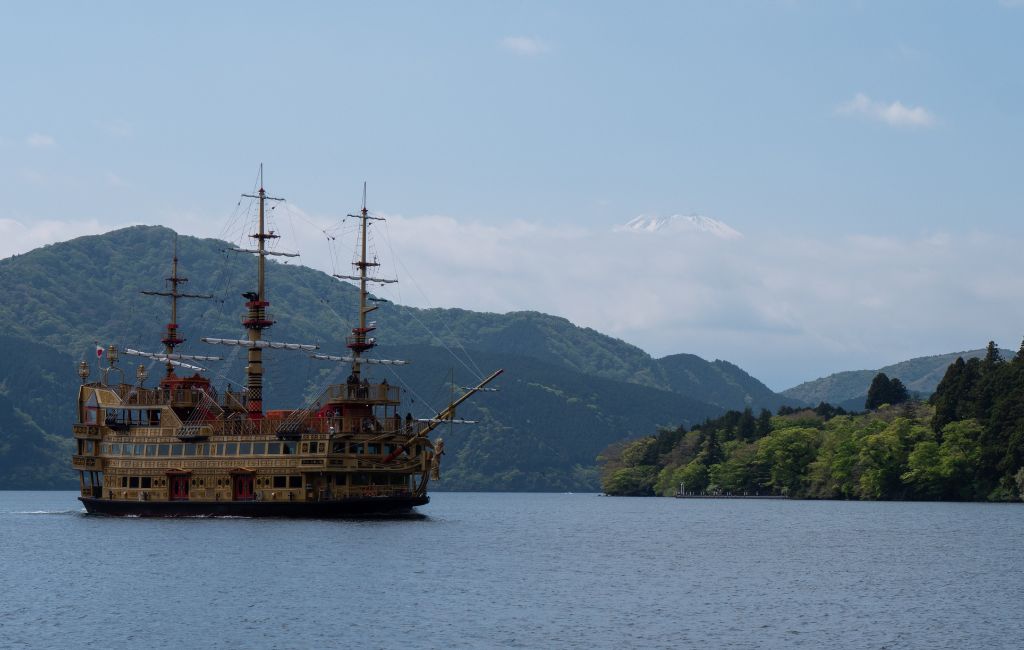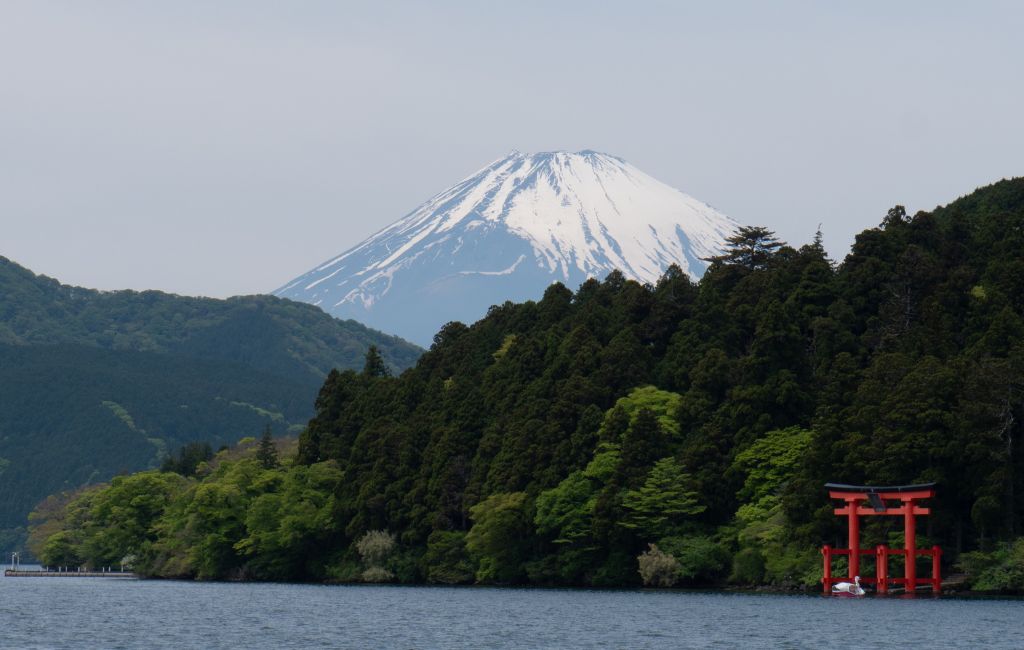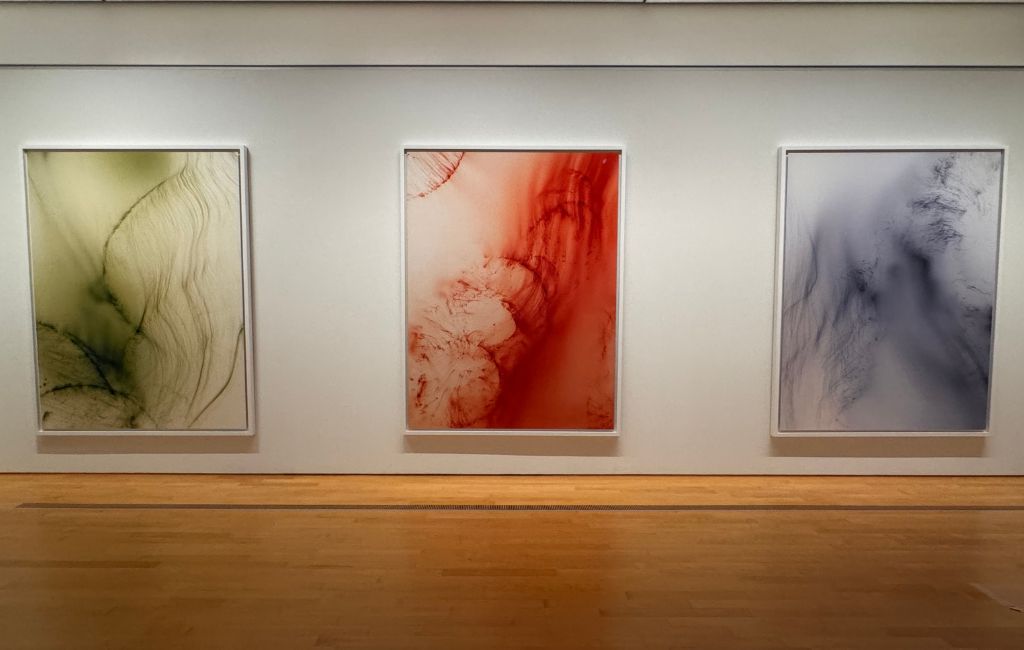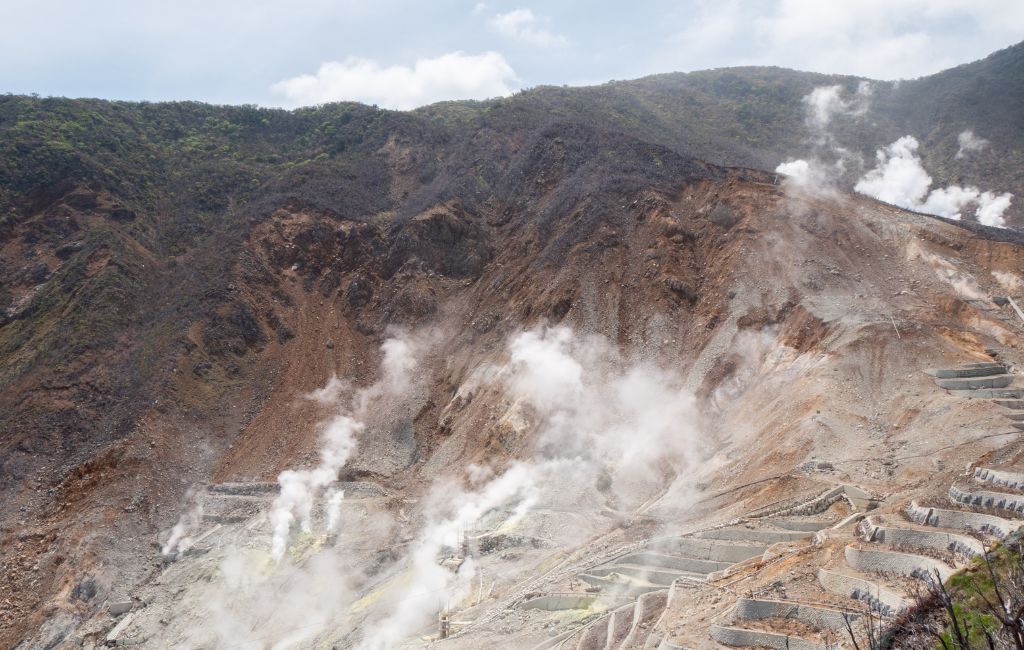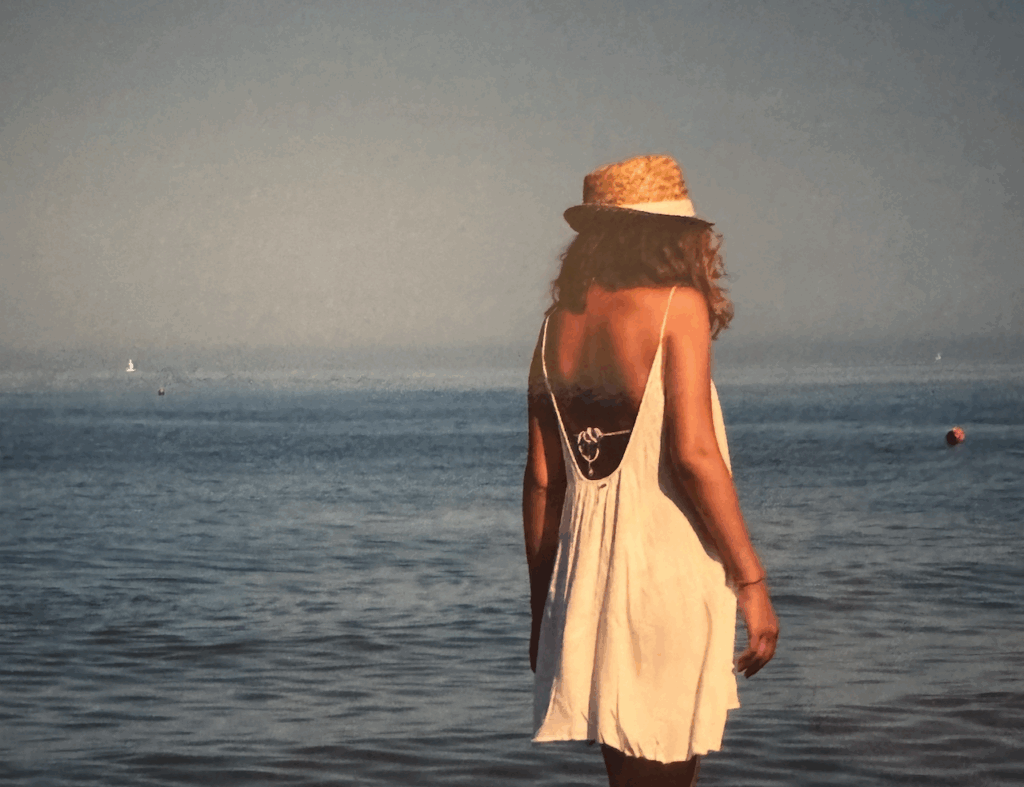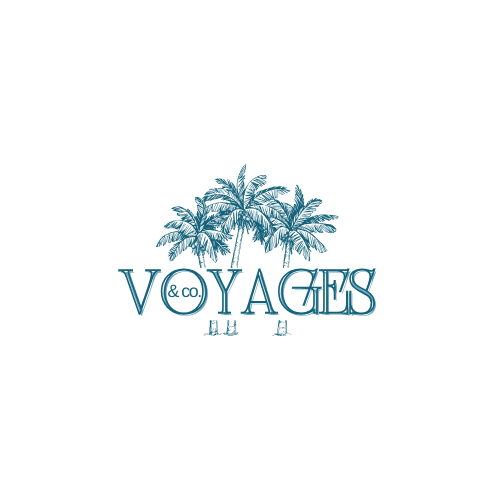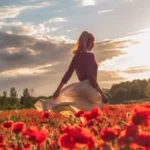Motohakone, set along the shores of Lake Ashi, brings together some of the region’s most iconic images. The famous red Torii of Peace, standing in the water, draws as many glances as camera lenses.
There’s a well-marked area guiding visitors toward the must-have photo. But honestly? Not for me. Waiting in line for a shot that’s already been taken a thousand times didn’t hold much appeal.
Just a short walk away, the Hakone-jinja shrine hides in the forest and offers a much more peaceful atmosphere. A path lined with cedar trees, moss-covered stones, damp steps… Simple, but beautiful and truly authentic.
I also really enjoyed the Narukawa Art Museum, perched above the bay. It’s quiet, intimate, and home to a lovely collection of contemporary Japanese art. But its true highlight is the large picture window overlooking the lake. Comfortable chairs, and on a clear day — Mount Fuji in all its glory.
My favorite place in Motohakone? The lakeside, quite simply. But a word of advice: it’s not equally scenic everywhere! You’ll need to walk a bit out of the village center — head toward [insert exact location] for the perfect view of the lake, Mount Fuji, and the Torii of Peace all in one frame.
Practical info:
Hakone-jinja Shrine & torii on Lake Ashi:
Accessible on foot — about 10 minutes from Motohakone along the lakeside path.
Shrine grounds are open all day (outdoor access).
Treasure Hall: 9:00 a.m. – 4:30 p.m. (sometimes closed for renovations).
Admission: ¥500 (¥300 for children).
Narukawa Art Museum:
2-minute walk from Motohakone port (ferry or bus stop).
Admission: ¥1,500 (¥1,300 with the Hakone Free Pass — temporary exhibitions not included).
There’s also a café upstairs.


